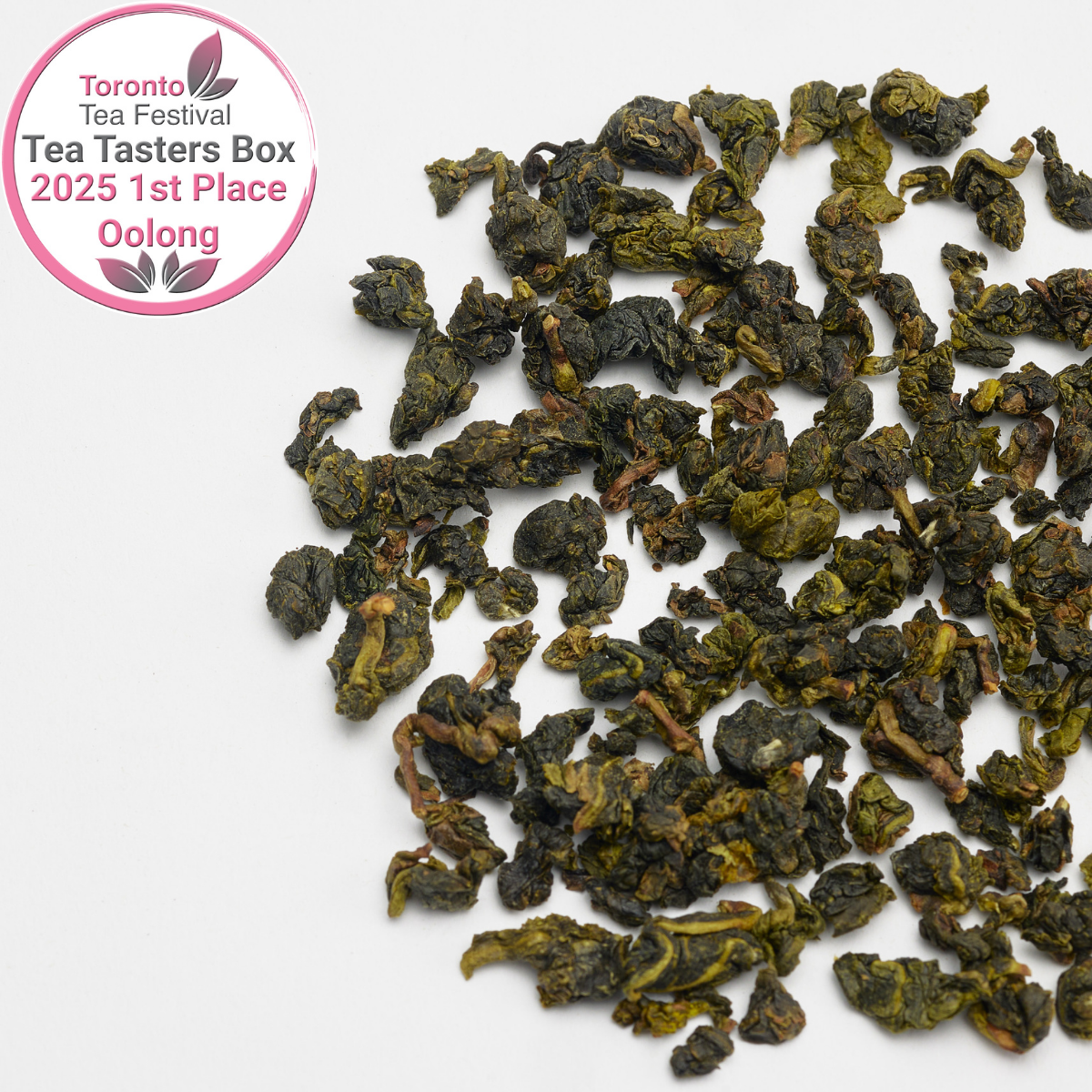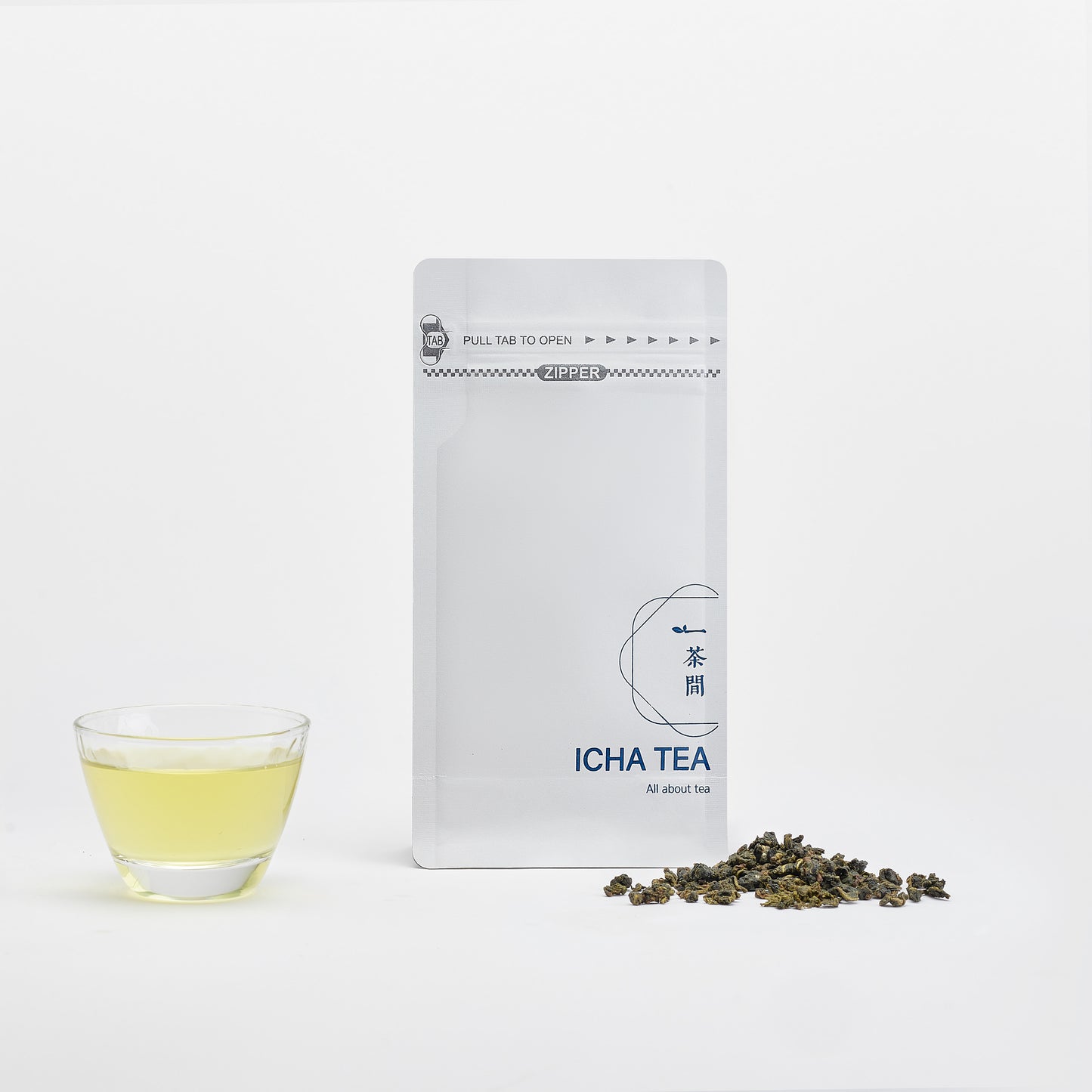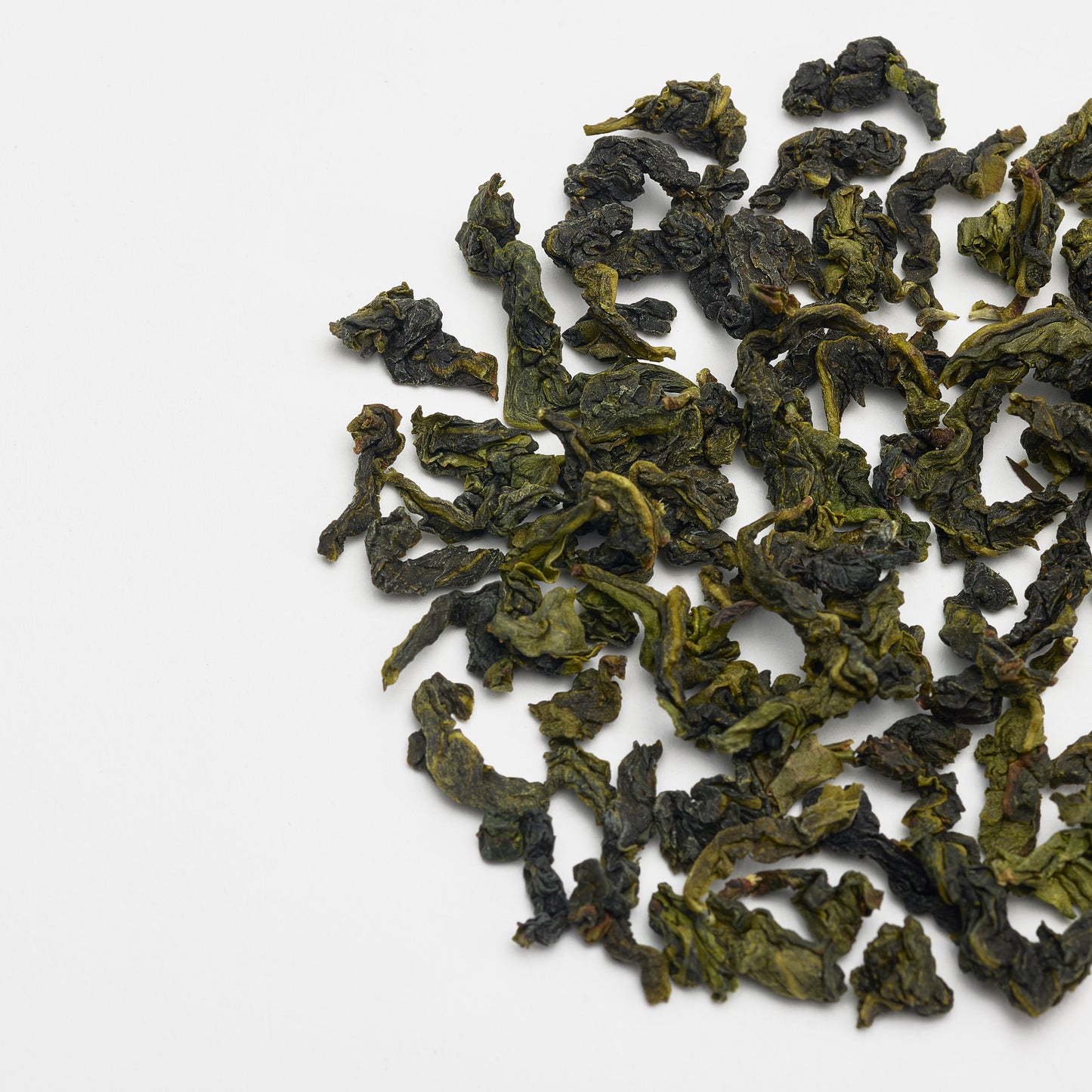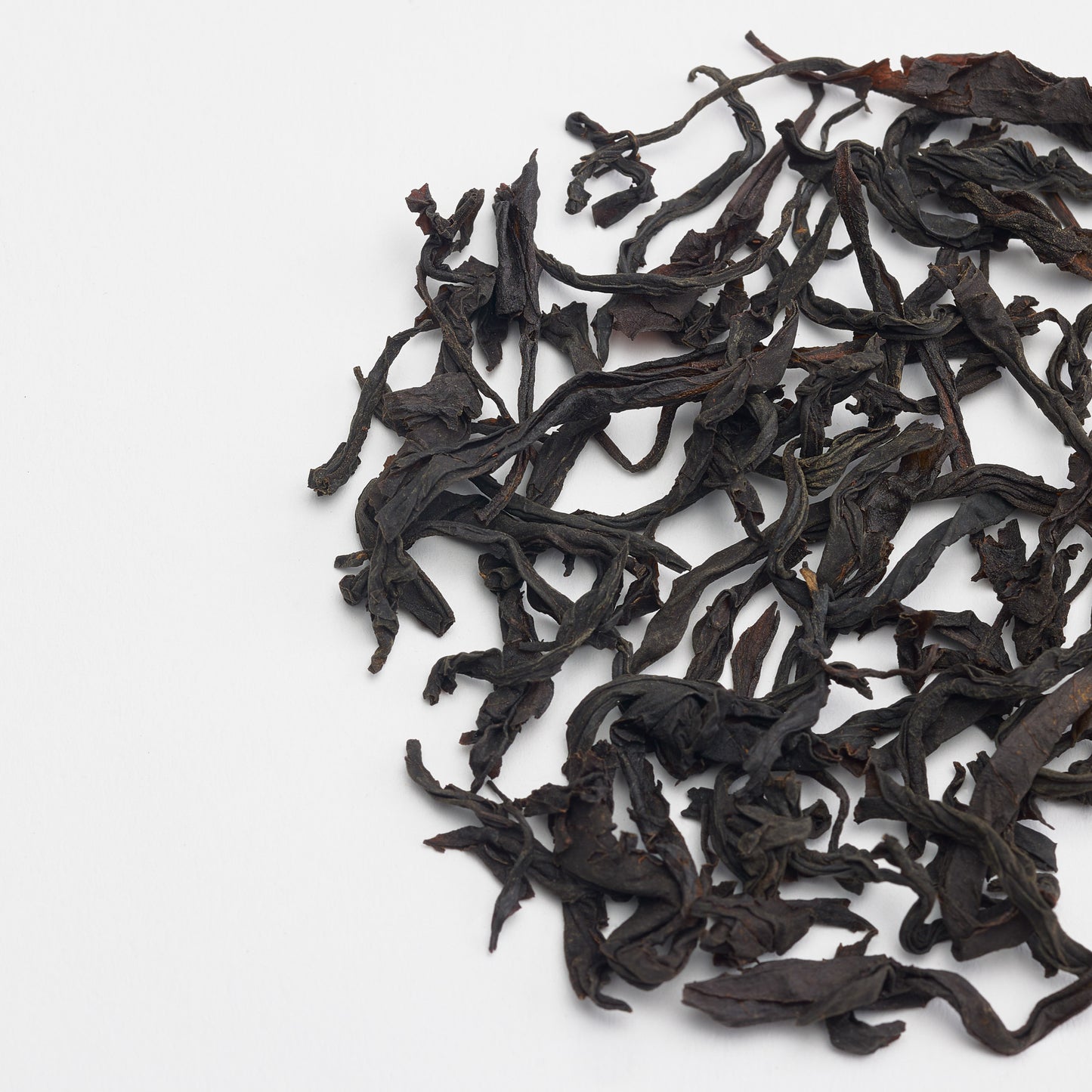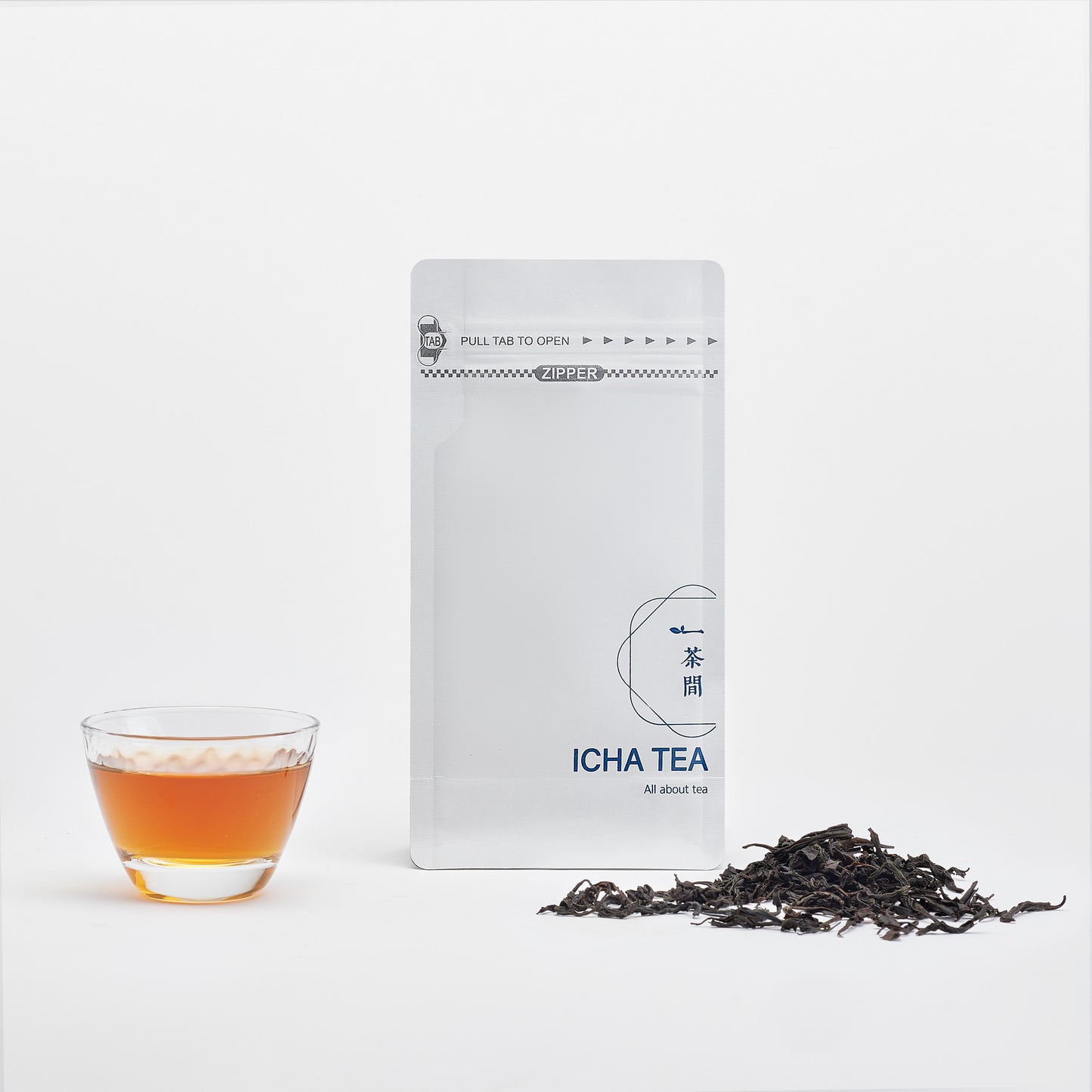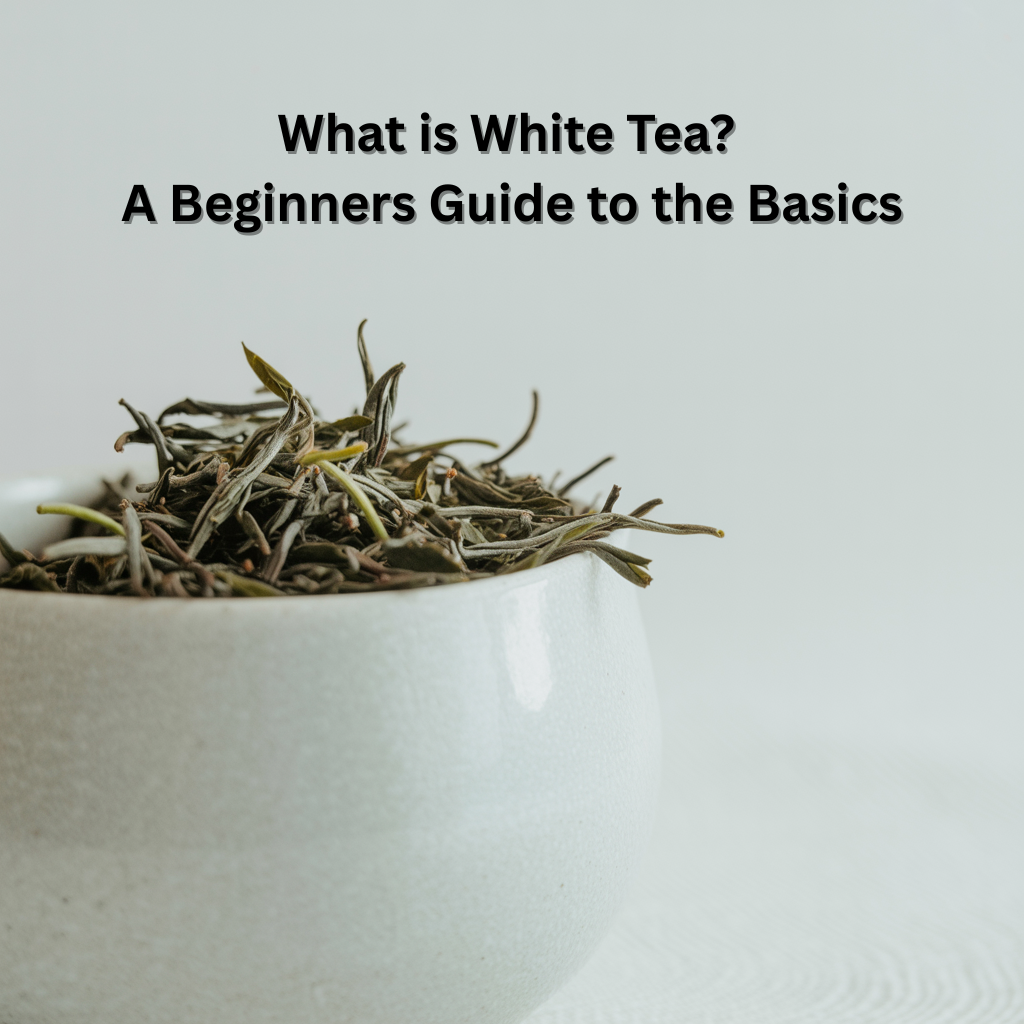
Imagine a tea so delicate that ancient Chinese emperors reserved it exclusively for royal ceremonies, harvested only by young maidens wearing silk gloves to preserve its purity. While the mythology surrounding white tea may be embellished, the reverence for this minimally processed tea remains justified. If you've been curious about the pale, subtle brew that commands premium prices at specialty tea shops, you're about to discover why white tea deserves a place in your cup. It may become your new favorite daily ritual.

Understanding White Tea: The Basics
What Makes Tea "White"?
The name "white tea" doesn't refer to the colour of the brewed liquid, which actually ranges from pale yellow to light amber. Instead, it comes from the fine silvery-white hairs (called "bai hao" in Chinese) that cover the unopened buds of the tea plant. These delicate hairs give dried white tea its characteristic fuzzy, silvery appearance.
White tea represents the purest form of tea processing, undergoing minimal manipulation after harvest. Unlike other teas that require multiple processing steps, white tea maintains its natural state through just two simple stages: withering and drying. This minimal intervention preserves the tea's delicate compounds and subtle flavours.
The Simple Processing Method
The beauty of white tea lies in its simplicity. After careful plucking—which occurs only during a brief window in early spring—the fresh leaves undergo a controlled withering process. This typically happens indoors on bamboo mats or modern withering troughs, where the leaves lose moisture slowly over 12-24 hours³.
The plucking standard varies by white tea grade. Premium varieties like Silver Needle consist exclusively of unopened buds, while White Peony includes one bud and one or two young leaves. This selective harvesting contributes to white tea's higher price point and delicate character.
Following withering, the leaves are gently dried using either natural sunlight, warm air, or a combination of both. The entire process aims to achieve approximately 5-10% oxidation—just enough to develop white tea's characteristic sweet, subtle flavours without the grassiness of green tea or the robustness of black tea⁴.
White Tea vs. Other Tea Types: A Quick Comparison
Understanding how white tea differs from other tea types helps us appreciate its unique position in the tea world. While geographical origin and climatic conditions influence each tea's character, the defining factor lies in processing—specifically, the degree of oxidation (often called fermentation in traditional tea terminology).
Tea processing exists on a spectrum from unfermented to fully fermented. White tea occupies the most minimal end of this spectrum, harvested exclusively from the youngest leaves and buds before they fully open. These tender pickings undergo only air drying, bypassing the rolling, shaping, or extensive oxidation that defines other tea types. This restrained approach preserves white tea's distinctive aroma and delicate flavour characteristics that connoisseurs prize.
Here's a comprehensive comparison:
| Tea Type | Oxidation Level | Processing Steps | Flavour Profile | Caffeine Level* |
|---|---|---|---|---|
| White | 5-10% | Wither → Dry | Delicate, sweet, floral | 15-30mg |
| Green | 0-5% | Wither → Heat → Shape → Dry | Grassy, vegetal, fresh | 25-45mg |
| Oolong | 15-80% | Wither → Bruise → Oxidize → Heat → Shape → Dry | Complex, fruity, varied | 30-50mg |
| Black | 80-100% | Wither → Roll → Oxidize → Dry | Bold, malty, robust | 40-70mg |
*Per 8oz cup, approximate values
Popular White Tea Varieties for Beginners

Silver Needle (Bai Hao Yin Zhen) 白毫银针
Silver Needle represents masterful of white tea craftsmanship. Composed entirely of unopened buds covered in silvery down, this tea offers an exceptionally smooth, sweet flavour with notes of fresh hay and honeydew melon. Its light body and subtle complexity make it perfect for quiet contemplation. While it commands premium prices, the experience justifies the investment for special occasions. Explore ICHA TEA's Silver Needle selection here.

White Peony (Bai Mudan) 白牡丹
For those seeking a more approachable entry into white tea, White Peony offers an excellent starting point. This variety includes both buds and young leaves, creating a fuller body and more pronounced flavour than Silver Needle. Expect gentle notes of fresh cucumber, mild fruitiness, and a clean, refreshing finish. The inclusion of leaves makes White Peony more affordable while still delivering authentic white tea character. Browse ICHA TEA's White Peony options for quality selections.

Moonlight White Needle 月光美人
Beyond the classics, regional white teas like Yunnan's Moonlight White Needle (Yue Guang Bai) offer unique flavour profiles worth exploring. These varieties often feature larger leaves and present sweeter notes of sugarcane and wheatgrass. They demonstrate white tea's diversity beyond the traditional Fujian styles.
How to Brew White Tea Like a Pro
Essential Brewing Parameters
Success with white tea requires gentleness. The ideal water temperature ranges from 160-185°F (70-85°C)—significantly cooler than boiling. This preserves the tea's delicate compounds while avoiding bitterness. Start with 2-3 grams of tea per 8 ounces of water, adjusting to taste.
Steeping time varies by preference and tea grade:
- First infusion: 2-3 minutes for a light brew, 4-5 minutes for fuller extraction
- Subsequent infusions: Add 30 seconds to 1 minute per steep
- High-quality white teas often yield 3-5 satisfying infusions
Common Brewing Mistakes to Avoid
The most frequent error involves using water that's too hot. Boiling water scorches white tea's delicate leaves, resulting in a flat, sometimes bitter brew. Similarly, over-steeping transforms white tea's subtle sweetness into astringency. Using too little leaf represents another common mistake—white tea's light nature requires adequate leaf quantity to develop proper flavour.
What Does White Tea Actually Taste Like?
White tea challenges conventional tea expectations. Rather than bold, immediately recognizable flavours, it offers subtlety and nuance. Common tasting notes include fresh hay, mild honey sweetness, light floral undertones, and a clean, slightly creamy mouthfeel. Some varieties present gentle fruit notes reminiscent of white grapes or fresh melons.
The "it tastes like nothing" complaint often stems from palates accustomed to stronger beverages. Training your palate involves mindful sipping, paying attention to texture and aftertaste, and avoiding strong foods before tasting. Many white tea converts report that once their palates adjust, they find other teas overwhelming by comparison.
Buying and Storing White Tea
What to Look for When Buying
Quality white tea should display intact leaves or buds with visible silver hairs. Avoid broken, dusty, or overly brown specimens. Fresh white tea often carries a sweet, hay-like aroma. Price serves as a general quality indicator—expect to pay more for authentic, well-processed white tea than for commodity-grade teas. Visit ICHA TEA's curated white tea collection for quality options.
Storage Best Practices
White tea requires careful storage to maintain its delicate character. Store in an airtight container away from light, heat, moisture, and strong odours. Unlike pu-erh tea, most white teas don't improve significantly with age, though properly stored white tea can remain enjoyable for 2-3 years. Some collectors age certain white teas, which develop deeper, more honeyed notes over time.
Is White Tea Right for You?
White tea suits those who appreciate subtlety and mindfulness in their tea experience. It's ideal for afternoon sipping when you want alertness without jitters, or as a calming evening beverage due to its lower caffeine content. Health-conscious drinkers appreciate white tea's high antioxidant levels, though it's important to enjoy it primarily for its taste rather than as medicine.
If you're transitioning from coffee or black tea, give your palate time to adjust. Start with White Peony for a more pronounced flavour, then explore Silver Needle as your sensitivity to subtle flavours develops. Remember that white tea represents a different philosophy. It is about savouring quiet moments rather than seeking bold stimulation.
References
- Heiss, Mary Lou and Robert J. Heiss. The Tea Enthusiast's Handbook. Ten Speed Press, 2010.
- Gascoyne, Kevin, et al. Tea: History, Terroirs, Varieties. Firefly Books, 2014.
- Ukers, William H. All About Tea, Vol. 1. The Tea and Coffee Trade Journal Company, 1935.
- Jiang, H., Yu, F., Qin, L., Zhang, N., Cao, Q., Schwab, W., Li, D., and Song, C. "Dynamic change in amino acids, catechins, alkaloids, and gallic acid in six types of tea processed from the same batch of fresh tea (Camellia sinensis L.) leaves." Journal of Food Composition and Analysis, Volume 77, pages 28-38, 2019.
- Hilal, Y. and Engelhardt, U. "Characterisation of white tea – Comparison to green and black tea." Journal für Verbraucherschutz und Lebensmittelsicherheit, Volume 2, pages 414-421, 2007.

